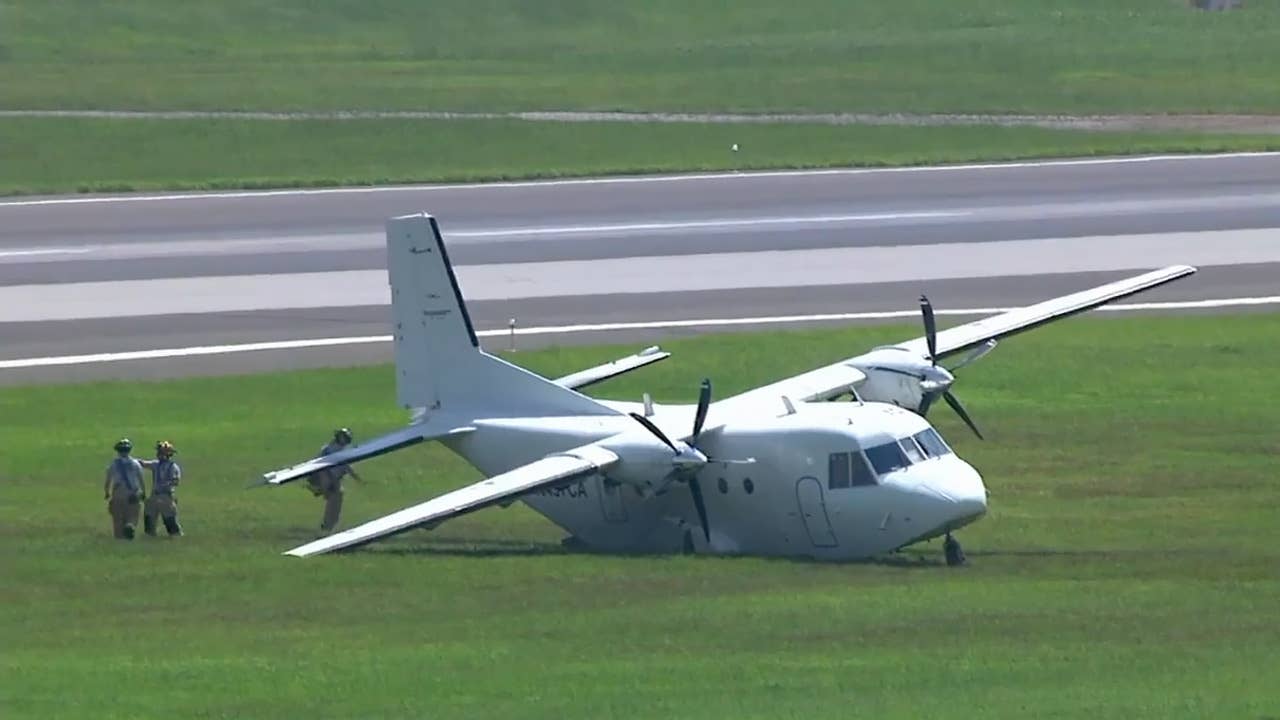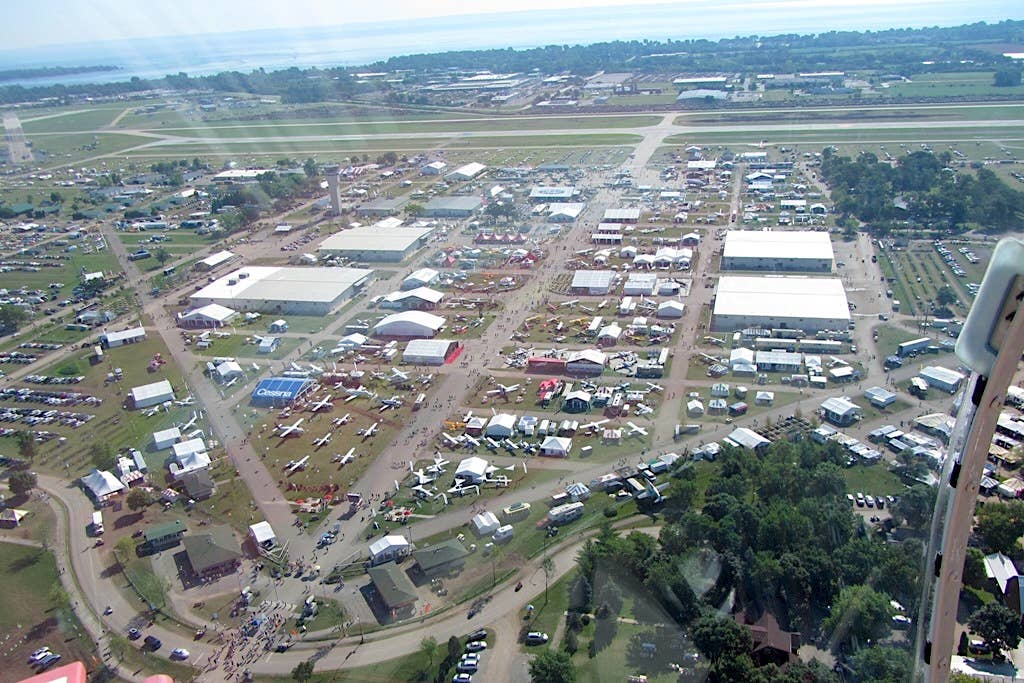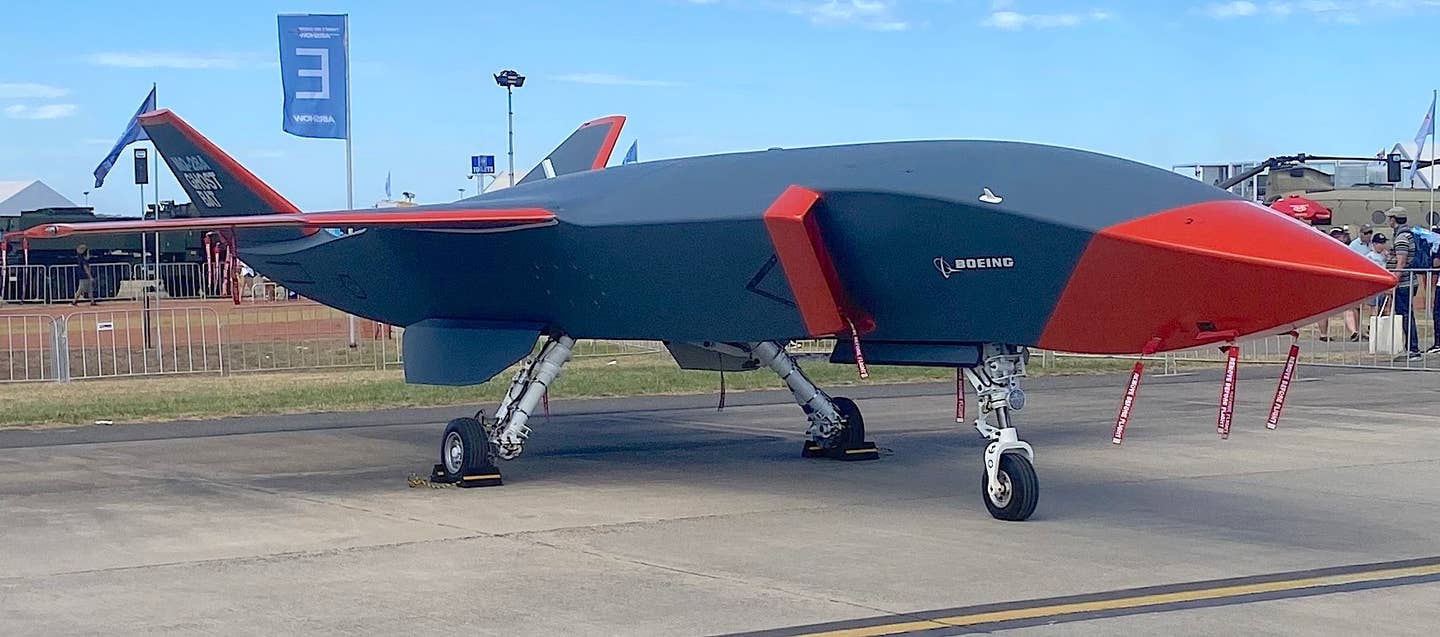NTSB Preliminary Report Includes PIC Testimony In Fatal Copilot Plunge
The NTSB’s preliminary report (accident number ERA22LA348 ) on the July 29 fatal flight of CASA 212 N497CA, released today (Aug. 16), includes input from the still-unidentified pilot in command…

The NTSB’s preliminary report (accident number ERA22LA348 ) on the July 29 fatal flight of CASA 212 N497CA, released today (Aug. 16), includes input from the still-unidentified pilot in command (PIC), who landed the damaged skydiving aircraft after his copilot, 23-year-old Charles Hew Crooks, exited via the aft ramp, falling to his death. The report remains inconclusive as to whether Crooks did or did not leave the aircraft intentionally.
As previously reported by AVweb (and followed up here), the twin-engine turboprop was damaged in a hard landing at Raeford West Airport (NR20) in North Carolina. The newly released NTSB report reveals that the second-in-command pilot (SIC), later identified as Crooks, was at the controls for the hard landing that substantially damaged the (fixed) right main landing gear. The pilot in command told the board the SIC was “on heading, altitude and airspeed” until the airplane descended below the tree line and “dropped.” The crew had flown two groups of skydivers and was returning to pick up a third load when the hard landing occurred.
Both pilots called for a go-around, and the PIC assumed control at about 400 feet AGL, according to the report. After overflying the field for ground observers to verify the aircraft's condition (the heavily damaged landing gear was recovered from the runway), the PIC directed the SIC to declare an emergency and request a diversion to Raleigh Durham International Airport (KRDU). During the flight to RDU, Crooks communicated with air traffic control as the PIC flew. The PIC told the board that both pilots participated in coordinating with ATC, operations and their Part 135 customer, while also briefing the approach and emergency landing procedure.
The flight encountered moderate turbulence, the PIC told the board, and about 20 minutes into the diversion, he said, the SIC became “visibly upset” over the hard landing. He opened his side window and “may have gotten sick,” the PIC said.
According to the NTSB report, “The PIC took over radio communications, and the SIC lowered the ramp in the back of the airplane, indicating that felt like he was going to be sick and needed air. The PIC stated that the SIC then got up from his seat, removed his headset, apologized, and departed the airplane via the aft ramp door. The PIC stated that there was a bar one could grab about six feet above the ramp; however, he did not witness the SIC grab the bar before exiting the airplane.”






